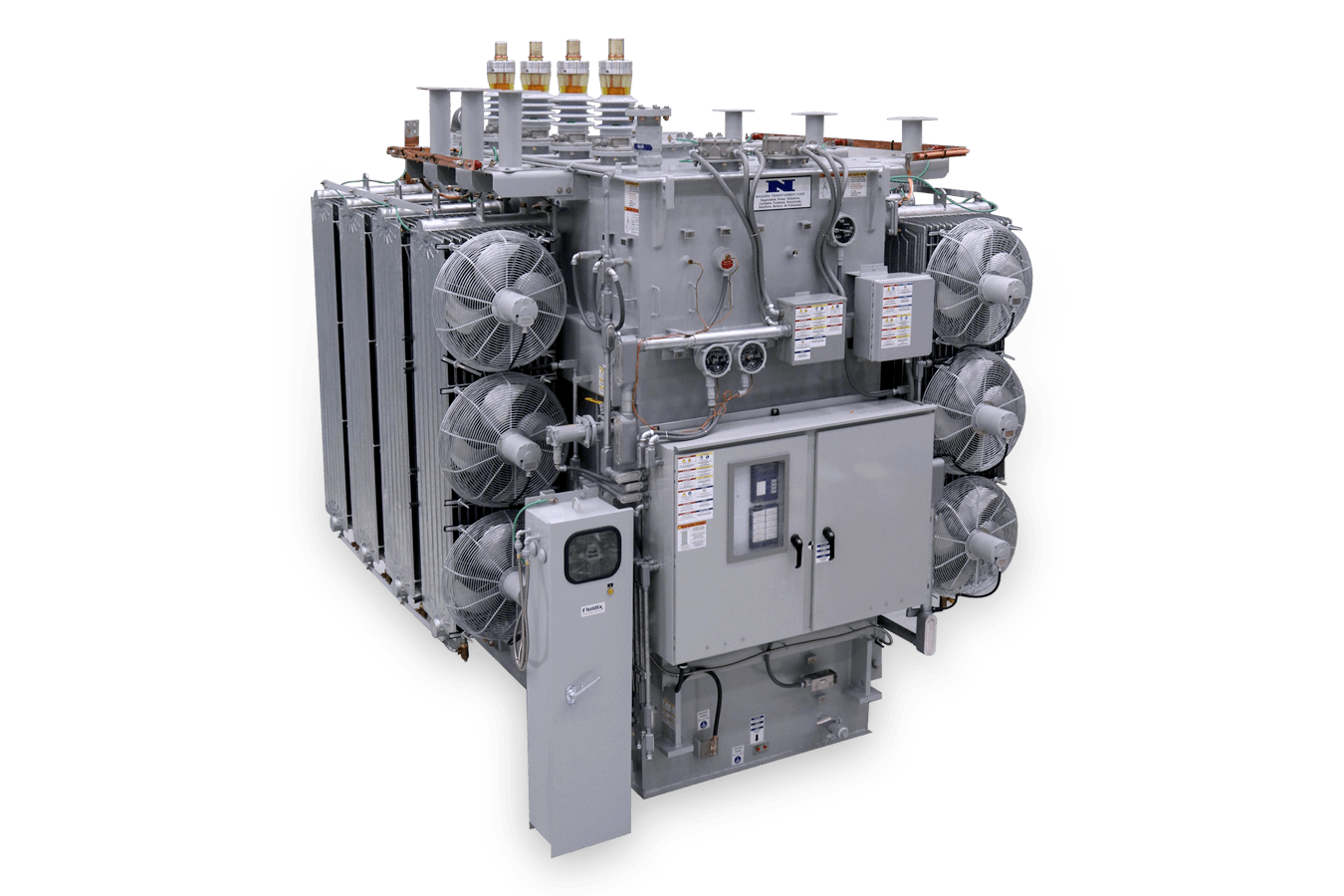The Niagara Power Transformer is a crucial component in the electrical industry, playing a vital role in the generation and distribution of electricity. This transformer, known for its reliability and efficiency, has become a benchmark for power transformers worldwide. In this article, we delve deep into the technical specifications, applications, and significance of the Niagara Power Transformer, providing insights into why it is considered a cornerstone in modern electrical engineering.
Transformers are essential in managing voltage levels and ensuring the safe transmission of electricity over long distances. The Niagara Power Transformer, in particular, has been designed to handle high voltage while maintaining optimal performance and reliability. In an era where energy efficiency and sustainability are paramount, understanding the intricacies of such transformers is essential for engineers, students, and industry professionals alike.
In this comprehensive guide, we will explore the historical background, technical specifications, applications, and future trends related to the Niagara Power Transformer. Whether you are an electrical engineer looking to deepen your understanding or a curious reader interested in the world of power engineering, this article aims to provide valuable information that adheres to the principles of expertise, authoritativeness, and trustworthiness.
Table of Contents
- 1. History of the Niagara Power Transformer
- 2. Technical Specifications
- 3. Applications of the Niagara Power Transformer
- 4. Importance in Power Generation
- 5. Future Trends in Transformer Technology
- 6. Maintenance and Care
- 7. Challenges Facing Power Transformers
- 8. Conclusion
1. History of the Niagara Power Transformer
The Niagara Power Transformer has its origins linked to the development of hydroelectric power in the late 19th century. The Niagara Falls region, harnessing the immense power of falling water, became a focal point for electrical innovation. In 1895, the first large-scale hydroelectric plant was established, leading to the need for robust and efficient transformers capable of managing high voltage levels.
As electricity demand grew, so did the complexity and requirements of transformers. The Niagara Power Transformer evolved through various technological advancements, incorporating enhanced materials and design improvements to increase efficiency and reduce losses.
Key Historical Milestones
- 1895: Establishment of the first hydroelectric plant at Niagara Falls.
- 1900: Introduction of oil-immersed transformers for improved cooling and efficiency.
- 1950s: Advancements in transformer materials and design, leading to more compact and efficient units.
2. Technical Specifications
The Niagara Power Transformer is characterized by its robust construction and ability to operate under extreme conditions. Here are some of the key specifications:
| Specification | Value |
|---|---|
| Voltage Rating | Up to 765 kV |
| Power Rating | Up to 800 MVA |
| Cooling Method | Oil-immersed |
| Frequency | 50/60 Hz |
| Insulation Class | A, B, C |
3. Applications of the Niagara Power Transformer
The versatility of the Niagara Power Transformer allows it to be utilized in various applications, including:
- Hydroelectric power plants
- Renewable energy systems
- Industrial power distribution
- Urban electrical grids
4. Importance in Power Generation
The Niagara Power Transformer plays a pivotal role in ensuring the stability and reliability of power generation systems. By facilitating the efficient transmission of electricity, it helps in reducing losses and improving overall system performance. Additionally, its ability to handle high voltage levels makes it indispensable in large-scale power generation projects.
5. Future Trends in Transformer Technology
As the demand for electricity continues to rise, the evolution of transformer technology is crucial. Future trends include:
- Increased use of renewable energy sources
- Development of smart transformers with monitoring capabilities
- Integration of advanced materials for improved efficiency
6. Maintenance and Care
Proper maintenance of the Niagara Power Transformer is essential to ensure longevity and optimal performance. Key maintenance practices include:
- Regular inspections for leaks and insulation integrity
- Monitoring temperature and load conditions
- Scheduled oil testing to assess quality and performance
7. Challenges Facing Power Transformers
Despite their robustness, power transformers, including the Niagara model, face several challenges:
- Environmental regulations impacting oil use
- Increased demand for energy efficiency
- Need for modernization in aging infrastructure
8. Conclusion
In conclusion, the Niagara Power Transformer is a vital asset in the field of electrical engineering, with a rich history and significant impact on power generation and distribution. Its technical specifications and applications underscore its importance in modern energy systems. As we move forward, embracing advancements in technology will ensure that transformers continue to meet the evolving demands of the energy sector.
We encourage readers to engage with this article by leaving comments, sharing their experiences, and exploring additional resources related to power transformers.
Thank you for reading! We hope you found this article informative and valuable. Please visit us again for more insights into electrical engineering and related topics.



